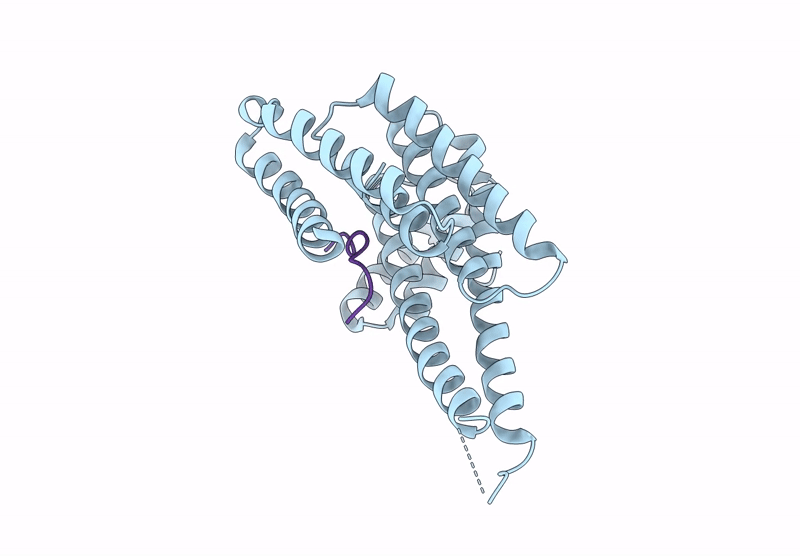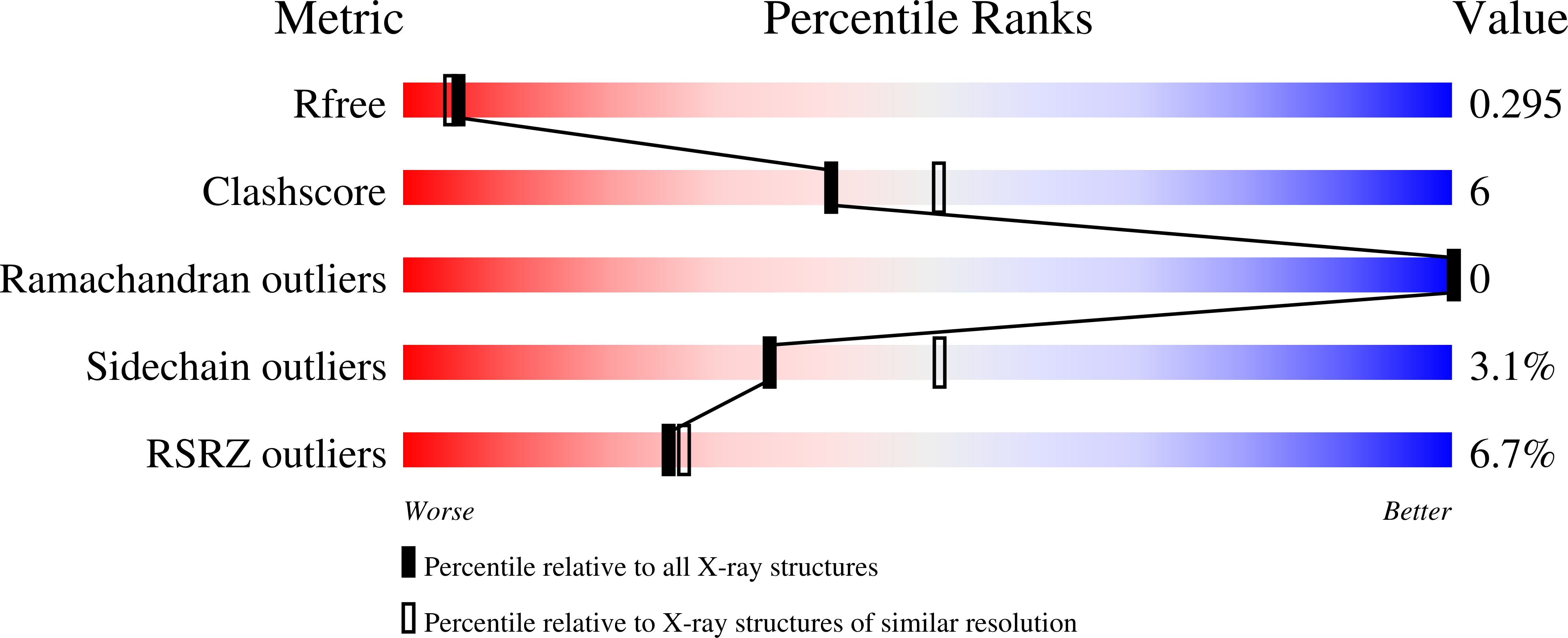
Deposition Date
2024-04-24
Release Date
2025-02-05
Last Version Date
2025-03-05
Entry Detail
PDB ID:
9F35
Keywords:
Title:
Co-crystal structure of 14-3-3sigma in complex with B-Raf pS365 phosphopeptide
Biological Source:
Source Organism:
Homo sapiens (Taxon ID: 9606)
Host Organism:
Method Details:
Experimental Method:
Resolution:
2.30 Å
R-Value Free:
0.29
R-Value Work:
0.20
R-Value Observed:
0.21
Space Group:
C 2 2 21


